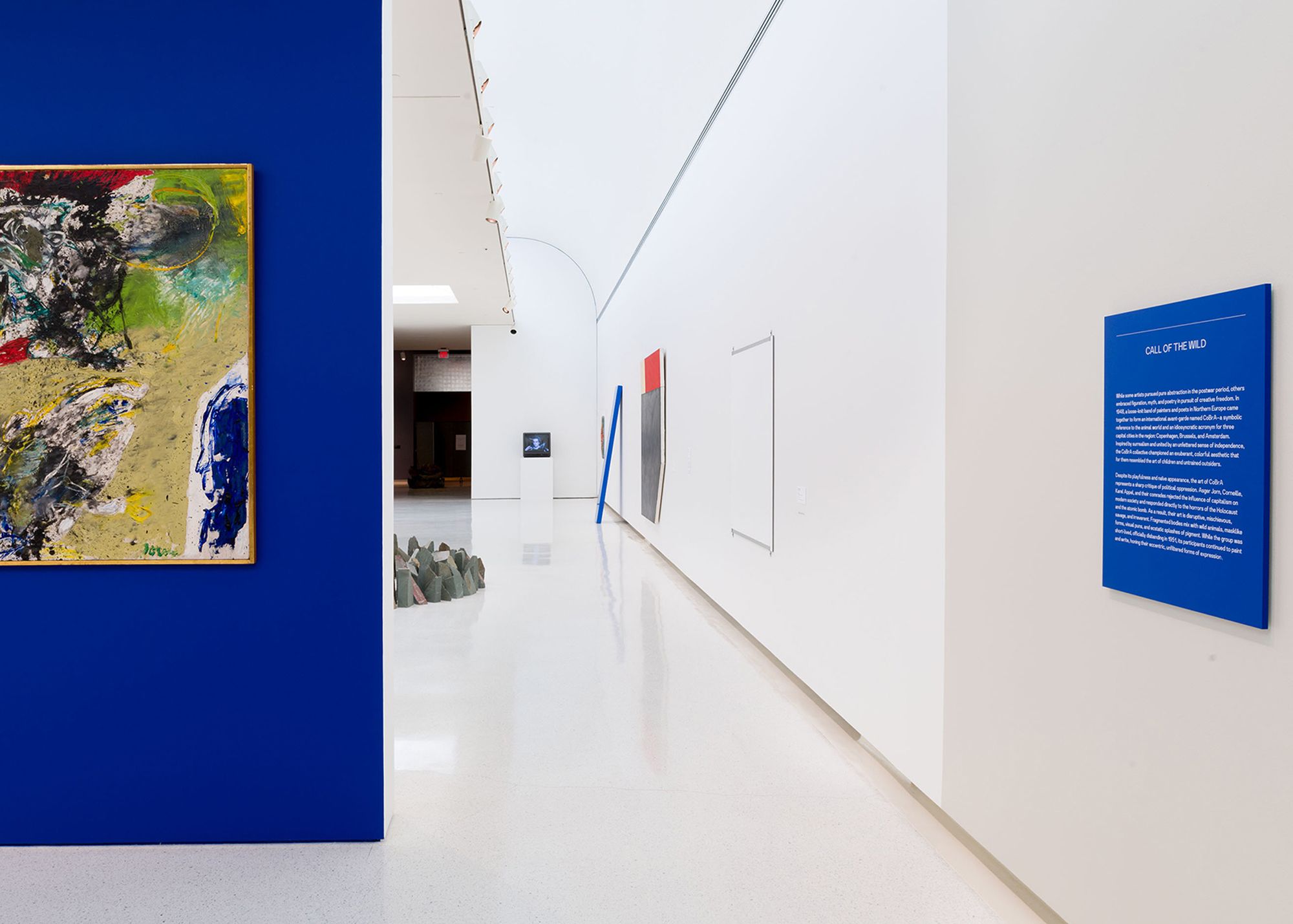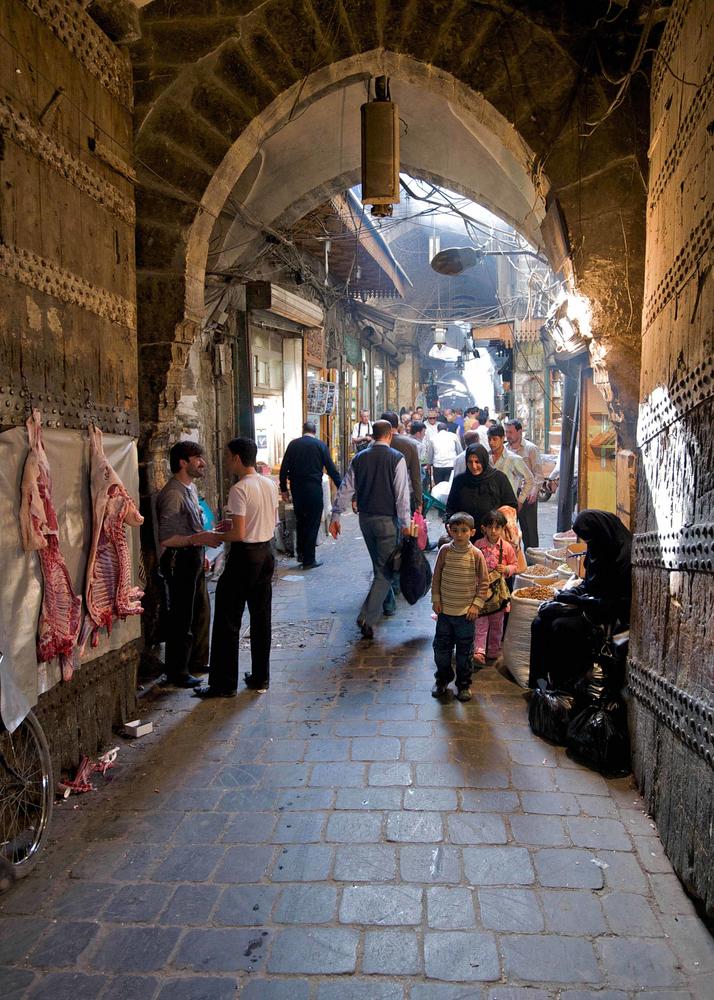Mogadishu: A Millennium of History and Culture
Introduction: The Jewel of the Indian Ocean
For centuries, Mogadishu has been a vital nexus in East Africa, a city teeming with history and rich in culture. Situated along the southwestern coast of Somalia, Mogadishu exercises significant influence over the Indian Ocean, providing an essential link between the African continent and other parts of the world. Founded as early as the 10th century, this historic city has experienced cycles of prosperity and adversity but has consistently proven its resilience and significance.
The Ancient Origins
Mogadishu's roots extend deep into antiquity, often attributed to Arab settlers who arrived around the 10th century. However, its history may date back even further, embedded within the ebb and flow of ancient trade networks. Historical accounts suggest that Persian and Arab immigrants were among the earliest settlers, a testament to the city’s dynamic identity influenced by diverse cultures and peoples.
This coastal city evolved as a significant trade hub, facilitating the exchange of gold, ivory, frankincense, and slaves with foreign merchants from as far as China and Arabia. By the 13th century, Mogadishu had established itself as the principal city in a string of Swahili coastal city-states, characterized by a shared Islamic faith, language, and architecture.
Golden Age: Wealth, Trade, and Influence
During the medieval period, Mogadishu began to acquire a prominent status brought about by its thriving commerce and trade. The city became a beacon of affluence and culture, increasingly sought out for its luxurious silks and vibrant cloth. Mogadishu's trade networks extended across the Indian Ocean to places like Persia, India, and the Swahili Coast.
The golden age of Mogadishu manifested in cultural and material wealth. The city bore impressive architectural wonders indicative of its prosperous eras, such as the Mogadishu Mosque, established around 1269. This maritime city also became known for its coin minting, a rare achievement that attested to its economic significance.
Under the leadership of prominent sultans, it cultivated robust relationships with neighboring and far-flung territories, fostering amicable trade alliances and cultural exchanges. These interactions contributed to a flourishing of art, language, and learning, embedding Mogadishu firmly on the world map during its zenith.
Challenges Through the Ages
However, as with many cities with such storied pasts, Mogadishu faced hurdles through the centuries. From the 17th century onwards, a notable decline inevitably set in. The entry of Portuguese interests initially disrupted trade dynamics. Later, Ottoman influence and internal strife in the region further fragmented Mogadishu’s political landscape.
The advent of colonialism in the late 19th and early 20th centuries brought profound changes. Italy claimed Mogadishu, integrating it into Italian Somaliland. This period reoriented Mogadishu's connections, as colonial rule instilled new administrative frameworks and exerted significant influence over urban development and social structures.
Modern Mogadishu: Transformation and Resilience
From the mid-20th century onwards, Mogadishu has been at the epicenter of Somalia’s tumultuous modern history. Upon gaining independence in 1960, Mogadishu took on the mantle of the nation's capital, heralding a hopeful period of national unity and economic potential. Nevertheless, post-colonial challenges soon revealed deep-seated tensions.
Over the next few decades, the city became synonymous with resilience amidst conflict. Civil unrest that erupted in the early 1990s debilitated Mogadishu, but do not define its spirit. Despite adversity, its residents remain resolute, steadily rebuilding their homes and infrastructure, determined to restore Mogadishu’s status as a thriving urban hub.
Cultural Heritage and Renaissance
Today, Mogadishu continues to endure, retaining fragments of its illustrious past. Efforts aimed at cultural revival are indicative of a slow, yet promising renaissance. New generations of Somali artists, historians, and entrepreneurs are making concerted efforts to reclaim and celebrate Mogadishu's diverse cultural heritage.
Throughout its famed history, the city has always been a melting pot, embedding a legacy that spans the African, Arab, Persian, and European worlds. By rallying around shared histories and future aspirations, Mogadishu is writing a new chapter—one that pays homage to a millennia-old legacy while forging a path forward.
Stay tuned for the second part of this exploration into Mogadishu, where we delve deeper into the city’s socio-political landscape and the challenges faced by contemporary Mogadishu as it seeks to forge a peaceful and prosperous future.
The Socio-Political Landscape: From Strife to Hope
The historical trajectory of Mogadishu is deeply intertwined with Somalia's broader socio-political dynamics. As the capital city, it has witnessed the ebbs and flows of governance, power struggles, and social transformations. Since achieving independence in 1960, Mogadishu has been a focal point for political change, experiencing a spectrum of governance structures—from a fledgling democracy to military dictatorships, civil war, and ongoing efforts towards stabilization.
The onset of the Somali Civil War in the early 1990s marked a significant turning point. The conflict saw Mogadishu descend into chaos, with rival factions vying for control in a power vacuum left by the collapse of the central government. As the city became synonymous with violence, many of its residents fled, leaving neighborhoods in ruin and infrastructure in disrepair.
However, over the years, international and local efforts have been concentrated on restoring peace. Various peacekeeping missions, alongside Somali transitional governments, have tirelessly worked to stabilize Mogadishu. While progress has been slow and fraught with setbacks, there have been strides towards a semblance of governance and order.
Urban Reconstruction and Economic Recovery
In recent years, Mogadishu has embarked on a visible journey of reconstruction, signaling hope and rebirth. New urban landscapes punctuate the city as public buildings, roads, schools, and hospitals undergo renovation. The construction sector has witnessed a significant upturn as businesses and private investors contribute to the city’s rising skyline.
Mogadishu’s port, a mainstay of the city’s historical economic prowess, is seeing renewed activity. As a vital artery of commerce, the port's revival plays a central role in Mogadishu's growth and integration into regional and global markets. Alongside this maritime hub, the telecommunications sector is thriving, supported by robust investment, making Somalia one of the leading regions in Africa for mobile connectivity.
Entrepreneurship is also on the rise. Various small and medium enterprises are mushrooming, often headed by resourceful locals who are returning from the diaspora, bringing innovative ideas and capital. This influx of investment has been pivotal in energizing the economic landscape, showcasing a burgeoning business community eager to contribute to the city's renaissance.
Cultural Awakening: Art, Music, and Education
Amidst reconstruction and economic rejuvenation, Mogadishu is witnessing a cultural revival that celebrates its rich heritage while embracing the global dimensions of contemporary art and expression. Cultural institutions and artistic collectives endeavor to capture the spirit of resilience and hope that defines modern Mogadishu.
The city’s music scene, which has long been a pillar of Somali cultural identity, is finding new venues and audiences. Traditional genres like Somali folk music and contemporary fusions are gaining renewed appreciation, seeking to connect generations through the universal language of song.
Education is another cornerstone in Mogadishu’s effort to rebuild societal foundations. Universities and schools are reopening, driven by the recognition that education is indispensable to long-term stability and development. New exchanges between Mogadishu’s institutions and global partners are fostering an environment that supports research, learning, and international collaboration.
The Role of the Somali Diaspora
The Somali diaspora, dispersed globally due to years of conflict and displacement, has remained intrinsically linked to Mogadishu's recuperation. This connection has been maintained through remittances, which provide essential economic support to the city. Additionally, members of the diaspora are vital as champions of development, as many have returned to invest in infrastructure, education, and entrepreneurial ventures.
These individuals often bring valuable perspectives gained from living in diverse cultural and political environments, enabling cross-cultural knowledge exchange. Their involvement embodies a fusion of ideas, blending Mogadishu's historical richness with novel innovations to address contemporary challenges.
Challenges and Future Outlook
While Mogadishu's path toward recovery is evident, the city continues to confront significant challenges. Security concerns remain a paramount issue with sporadic violence and threats from militant groups posing risks to stability. Addressing these security challenges is essential to ensuring a conducive environment for sustained development and international engagement.
Moreover, Mogadishu faces socio-economic disparities that require targeted policies to bridge gaps. Access to education, healthcare, and employment opportunities needs expansion to reach underserved communities, ensuring that the benefits of economic growth are equitably distributed.
Nevertheless, Mogadishu’s resilience through adversity and its capacity for renewal suggest a promising future. As it continues to emerge from the shadows of its tumultuous past, there exists a collective aspiration among its citizens to build a city that honors its historical legacy while embracing the possibilities of tomorrow.
In the forthcoming segment, we will delve into Mogadishu’s environmental challenges and innovative responses, exploring how the city is addressing climate change and urban sustainability to secure a better future for its inhabitants. Stay tuned for the third installment of this comprehensive look into Mogadishu’s evolution and potential.
Environmental Challenges and Urban Sustainability
In more recent years, Mogadishu has begun to grapple with environmental challenges that pose significant threats to its urban ecosystem. Climate change, exacerbating weather extremes, leads to periodic droughts and unpredictable rainfall patterns, affecting water supply and agricultural productivity. These conditions contribute to food insecurity and heightened vulnerability among the city's population.
Urbanization pressures add complexity. With a rising population, Mogadishu faces issues of waste management, sanitation, and pollution—all of which demand comprehensive urban planning strategies. Informal settlements burgeon on the city's fringes, often lacking essential services, thereby challenging efforts to implement sustainable urban development.
Innovative Responses and Green Initiatives
In light of these challenges, Mogadishu is increasingly turning to innovative methods to promote urban sustainability. Grassroots initiatives, often spearheaded by local communities and NGOs, are at the forefront of these efforts. For instance, community-based recycling programs are being established to combat waste management issues. These programs aim to increase recycling rates and promote environmental awareness among residents.
Furthermore, tree planting campaigns are gaining traction as a simple yet effective measure to green the cityscape and provide shade and improve air quality. By incorporating greenery into urban planning, Mogadishu hopes to mitigate some of the adverse effects of urban heat islands and enhance biodiversity.
Entrepreneurs and innovators within the city are exploring renewable energy options to address both economic and ecological concerns. Solar energy, in particular, presents an opportunity for Mogadishu to tap into sustainable power sources, thereby reducing reliance on fossil fuels and decreasing carbon emissions.
Community Resilience and Empowerment
Central to Mogadishu’s transformation initiatives is the role of community resilience and empowerment. Programs focusing on building local capacities and skills are essential in equipping residents to effectively navigate environmental and socio-economic challenges. From vocational training to educational workshops, these initiatives aim to empower individuals, encouraging participation in the city’s sustainable transition.
Additionally, women’s involvement in these processes has been particularly impactful. Women-led organizations and collectives are contributing significantly, driving forward projects that address pressing issues such as food security and health. Empowering women in Mogadishu facilitates broader community engagement and ensures diverse perspectives are incorporated in developmental strategies.
A Vision for Mogadishu’s Future
While challenges persist, Mogadishu’s resilience remains unwavering. The city embodies a profound sense of determination to overcome past adversities, harness the energies of its people, and chart a course towards a sustainable future. The vision for Mogadishu encompasses a modern, inclusive city where growth is equitable, and opportunities are accessible to all residents, irrespective of their background.
To achieve this vision, continuous dialogue between local and national governments, the private sector, international partners, and civil society is vital. Collaboration and co-creation are essential in formulating strategies and policies that align with the unique needs of Mogadishu’s populace while acknowledging global environmental imperatives.
The Global Perspective
Worldwide, Mogadishu is increasingly viewed through a lens of opportunity rather than conflict. As a city that embodies a rich cultural heritage and an evolving urban landscape, Mogadishu attracts interest from global communities eager to understand and engage with its journey.
For global policymakers and environmental advocates, Mogadishu represents a case study in resilience amidst adversity. By learning from and partnering with Mogadishu, there are vast opportunities for shared knowledge on urban sustainability, community empowerment, and climate adaptation strategies.
The Somali diaspora continues to play a crucial role as ambassadors of Mogadishu's story, fostering international relationships that bridge continents through shared histories and aspirations. Their involvement is instrumental in shaping outside perceptions and inviting collaboration from unexpected quarters.
Conclusion: A City on the Brink of Transformation
Mogadishu's narrative is one of endurance and enduring hope—a testament to the human spirit's ability to rebuild, renew, and rejuvenate against all odds. As it sits on the brink of transformation, the city stands poised to redefine itself for a new era, reimagining its cultural identities, socio-political structures, and environmental strategies.
Looking toward the future, Mogadishu's journey offers lessons in resilience and transformation applicable well beyond its borders. Its story resonates with cities and communities worldwide, serving as a vibrant reminder that progress is possible, even under the most challenging circumstances. By building on the strengths of its people, fostering collaboration, and embracing innovation, Mogadishu is shaping a legacy of hope—one that promises a brighter, sustainable future for generations to come.
























Comments